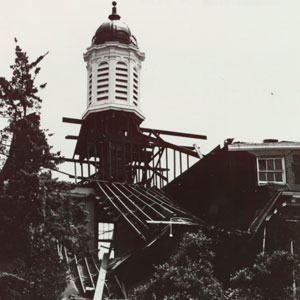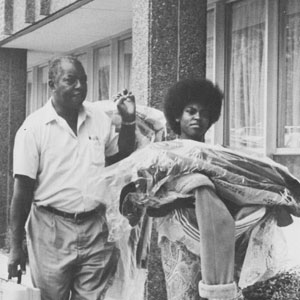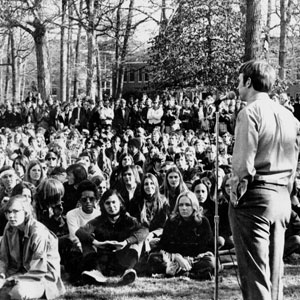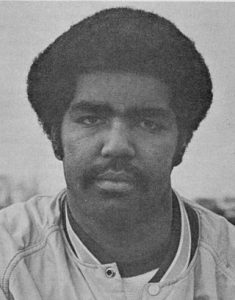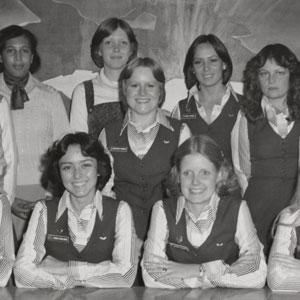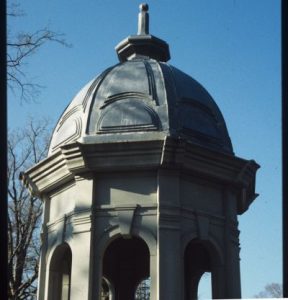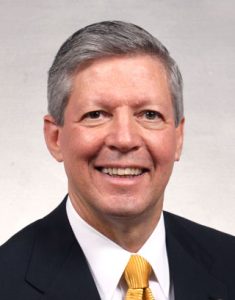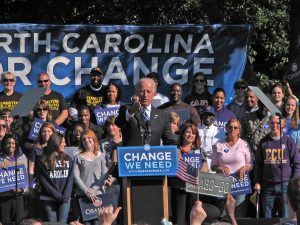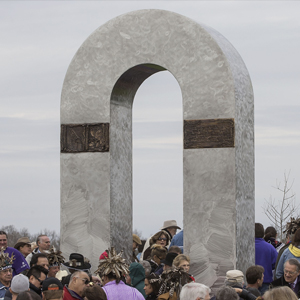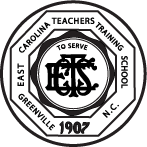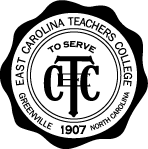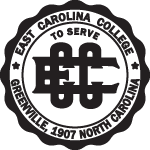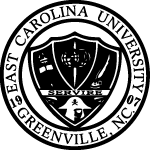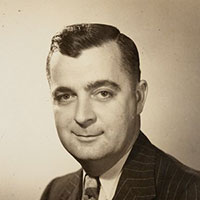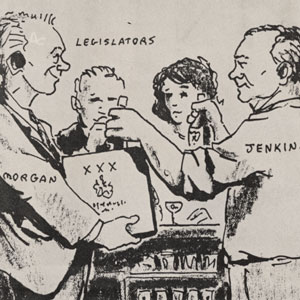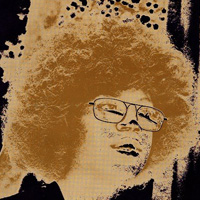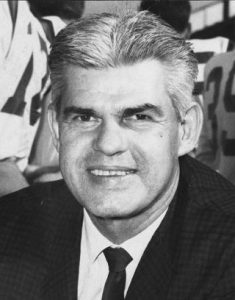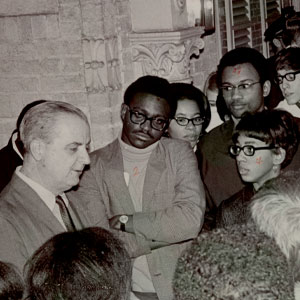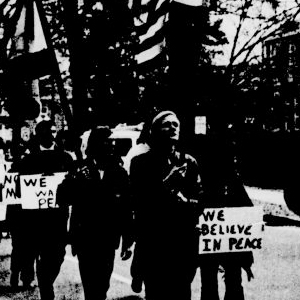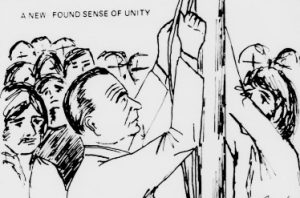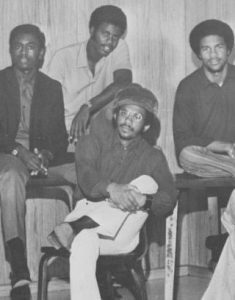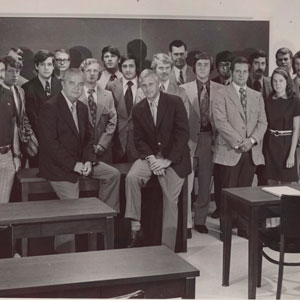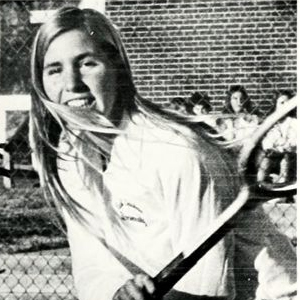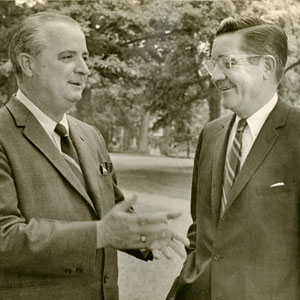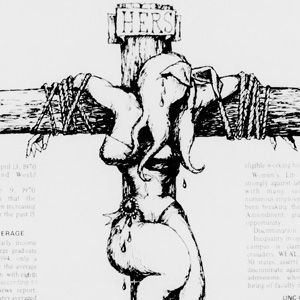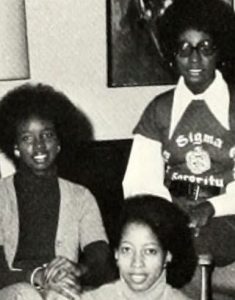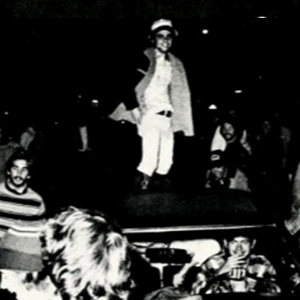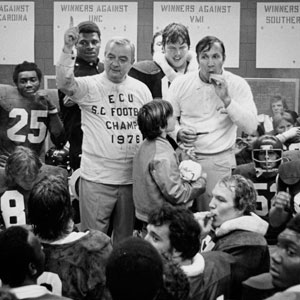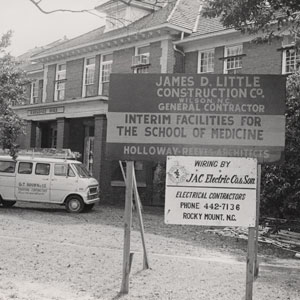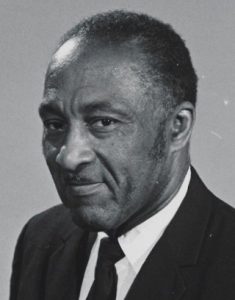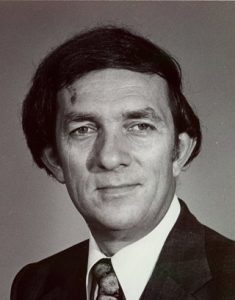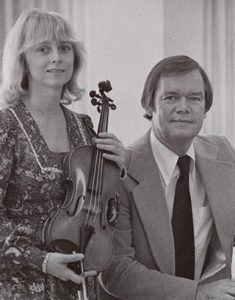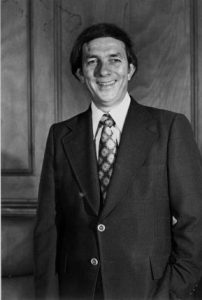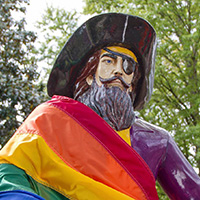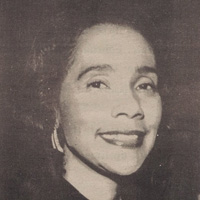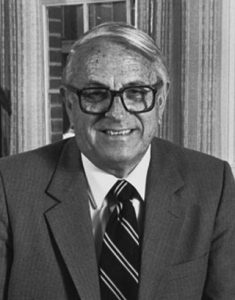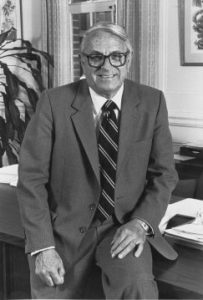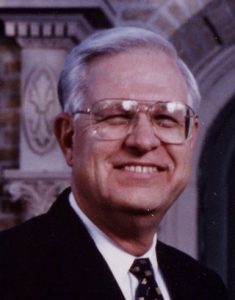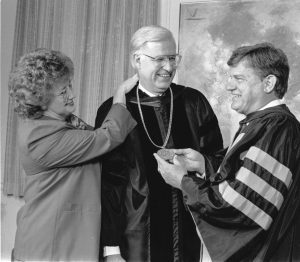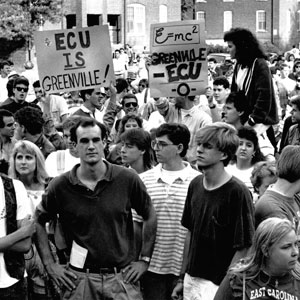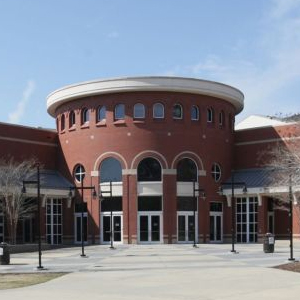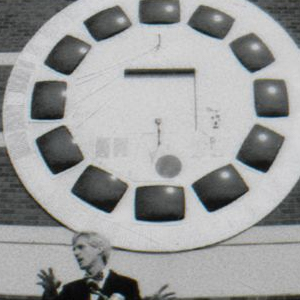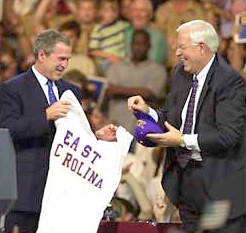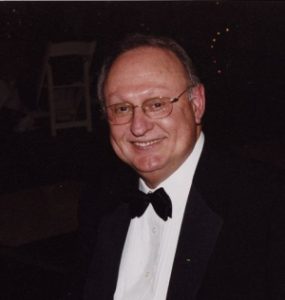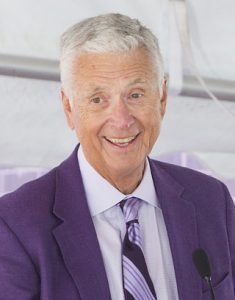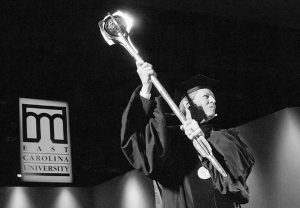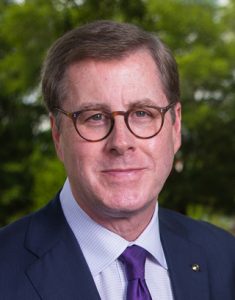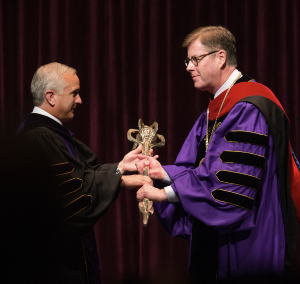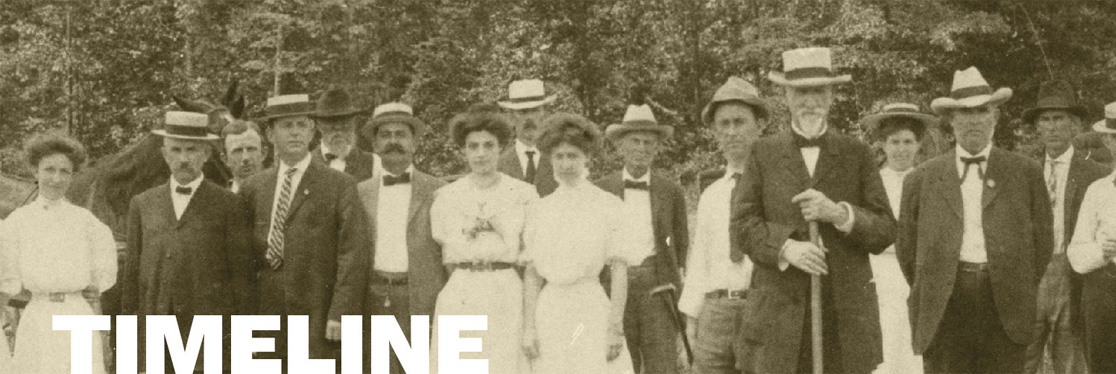
Tracing monumental figures and events
ECUEast Carolina University
After achieving university status in 1967, East Carolina defined itself most prominently in terms of medicine and the health sciences. Seeing the need for a physician training school in the East, President Leo Jenkins led the campaign to establish one at East Carolina. Despite opposition from UNC, home of the only state-supported medical school, ECU ultimately secured a medical school, one meant to improve family care to underserved areas in the East. Read more …
With a crucial political ally in Senator Robert Morgan, an ECU alumnus and board of trustee chair, Jenkins secured in 1965 funds for planning. In 1971, the legislature funded a one-year program at ECU. In 1974, the program was expanded to two years. In 1975, the Board of Governors, seeing strong political momentum in favor of the school, approved a four-year curriculum in medicine at ECU. State funding for necessary faculty, staff, and facilities followed.
The first class was admitted in the fall of 1977, a decade after East Carolina became a university and seventy years after the founding of the teachers training school. The following year, Jenkins retired, having seen East Carolina progress from a teachers college, to a college, to a university, and finally, a university with a new medical school. Upon his passing in 1989, the state legislature unanimously approved a joint resolution honoring his contributions to the state.
During the Messick and Jenkins years, East Carolina experienced three decades of exceptional growth. The post-Jenkins years, led by Chancellors Brewer and Howell, were ones of cultivation and consolidation of the earlier advances. Under Richard Eakin’s guidance, East Carolina embarked on another decade of progress, with a series of building initiatives including renovations to Joyner Library, a new student recreation center, a new classroom building (later Bate Building), expansions in the athletic complex, and growth in the medical campus.
Eakin helped secure funding, through a state bond supporting higher education, for construction of the new Science and Technology Building, the largest on the main campus. He also oversaw campus-wide installation of fiber optic cable essential to the revolution in information technology. By 2001, the year Eakin retired, ECU was among the state’s most digitally integrated campuses. Eakin’s administration also saw ECU recognized nationally as a Doctoral II research institution.
Between 2007 and 2009, East Carolina celebrated its centennial, marking a century of progressive educational service to the region. In 2006, the Board of Governors for the State University System approved a dental school for ECU, resulting in the founding of the second state supported program in dental medicine. Led by Chancellor Steve Ballard, ECU made its case by noting the severe shortage of dentists in the East. Major additions to the Health Science’s campus, including the new Health Sciences Building and the School of Dental Medicine, elevated East Carolina’s standing as the medical center of the East.
During Ballard’s years, the athletic campus was upgraded with a new baseball field, softball field, and expansions of Dowdy-Ficklen Stadium and Minges Coliseum. On the main campus, the Honors program became the Honors College, housed in a historic building, the Mamie Jenkins Building, and led by former chancellor, Richard Eakin, its founding dean. When the new chancellor, Cecil Staton, arrived in 2016, East Carolina was already well positioned to realize his vision for it as the next great national university.
